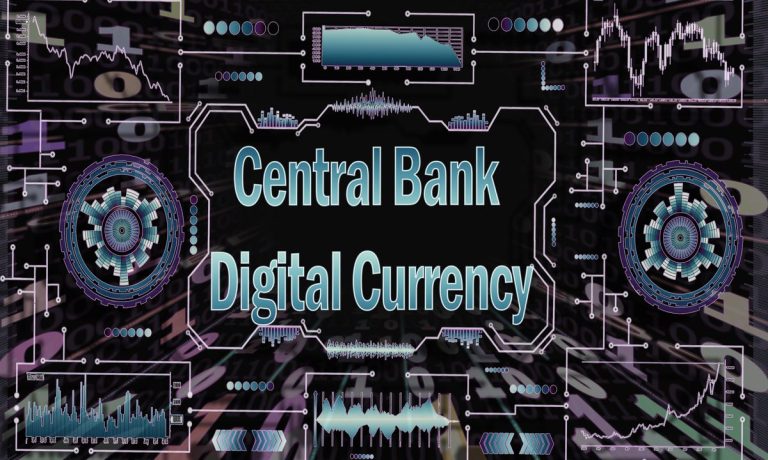
A growing school of thought says there is an important role for non-bank payments services providers in central bank digital currency (CBDC) design.
By and large, public discussions about central bank digital currencies have either assumed or come to the conclusion that they should be two-tiered, with banks as the primary channel connecting the central bank and the public.
See also: Biden’s Executive Order Set to Fast-Track Crypto Policy
That last part is changing, according to a new report by the Bank for International Settlements (BIS) Financial Stability Institute and the World Bank, “Central bank digital currencies: a new tool in the financial inclusion toolkit?”
“CBDC systems could be designed in a way that involves all [PSPs, banks and non-banks],” it said. “By enabling a new class of PSPs to enter the market, CBDCs could introduce more vibrancy and innovation, leading to more tailored and compelling value propositions for both payers and payees.”
That’s a big change from much public discussion of the two-tiered distribution design, which has focused on protecting banks’ traditional business model — depositors whose funds can be lent out — as much as it has design efficiency and preventing central banks from having retails depositor accounts.
In a 2020 paper laying out the “foundational principles and core features” of CBDCs under discussion by six central banks including the Federal Reserve and European Central Bank, the BIS put the “risk of disintermediating banks” as one of the main ways a CBDC risks “undermining financial stability.”
Rep. Tom Emmer (R-Minn.) and Sen. Ted Cruz (R-Texas) even introduced bills earlier this week that would ban the Federal Reserve from issuing a CBDC directly to individuals — which has not been a serious topic in the discussion of a U.S. digital dollar, other than to say it would be a bad idea.
See more: Congressman’s Bill To Ban Fed’s CBDC Will Heat Up Debate
The Federal Reserve’s January report on a potential digital dollar, “Money and Payments: The U.S. Dollar in the Age of Digital Transformation,” argued that a CBDC could “level the playing field in payment innovation for private-sector firms of all sizes … and allow private-sector innovators to focus on new access services, distribution methods, and related service offerings.”
Also read: Fed’s Digital Dollar Report Finally Drops, With More Questions Than Answers
An Important Role
Despite that, there has actually been a fair degree of discussion of the role of non-bank payment service providers (PSPs) in a CBDC implementation structure.
“Most of the central banks interviewed are considering or implementing two-tiered CBDC designs that leverage on the existing system of regulated financial intermediaries, but also allow for new PSPs,” the report said.
The degree of intermediation could be different for banks and non-banks, it added.
“PSPs thus perform some or all the functions involved in a payment in a traditional payment system,” the report said. “For example, the distribution of a CBDC could include commercial banks. The access providers could also include non-bank PSPs, technology companies and other non-banks. Settlement of transactions on the ledger could involve a range of stakeholders, depending on the design.”
In the first CBDC to go live, The Bahamas’ Sand Dollar, the operation of Sand Dollar digital wallets was actually made available to “all supervised financial institutions,” the BIS report said, adding that “this includes commercial banks, credit unions, money transmission businesses (MTBs) and other PSPs.”
The Central Bank of The Bahamas (CBB) also provided a “white label” digital wallet that allows PSPs to “compete on the functions and user interface of the wallets.”
The BIS added that APIs will “play an important role in creating a level playing field for the various private sector intermediaries involved in the CBDC payment system.”